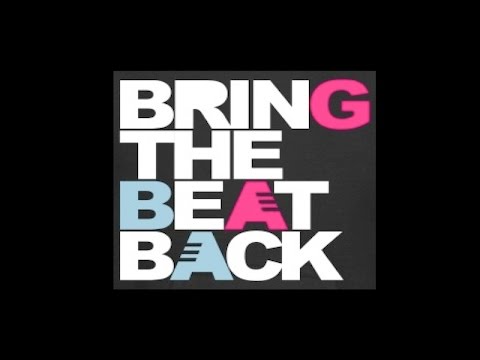
The Prince Paul section is where the book opens up and we get to begin discussing issues like the meaning behind the source material, what is considered “acceptable” source material, and the legal ramifications of lawsuits in the late ‘80s and early ‘90s (Side note: Fuck The Turtles, for real). It’s a foundational and important step in the history that a lot of people breeze over, but it sets the stage for all the creativity to come. The Grandmaster Flash section might feel the most like eating your vegetables, if only because people love to wax poetic about the origins of hip hop in the Bronx and the big three of Afrika Bambaataa, Kool Herc, and Grandmaster Flash, but if you pay a little bit closer attention, Patrin is trying to get you to focus on how the style evolved from live looping at shows and parties to live studio bands, to actually using samples and loops as the production on records.


These aren’t the only producers discussed in the book, as with each section Patrin discusses different artists that these four worked with, some of their contemporaries, and how they are situated in the grander scheme of hip hop history.

The people he’s chosen to focus on are Grandmaster Flash, Prince Paul, Dr. To structure the book, Patrin first divides the books up into four case studies to further examine different eras and styles and philosophies of sampling. He explores all of this in Bring That Beat Back: How Sampling Built Hip-Hop. For his first book, he has taken a look at how a specific element of hip hop, the sample, has developed and shaped the music and culture over the course of its history. Nate Patrin is a music critic that has written in publications such as Spin, Bandcamp Daily, and his hometown Twin Cities’ alt-weekly City Pages.


 0 kommentar(er)
0 kommentar(er)
